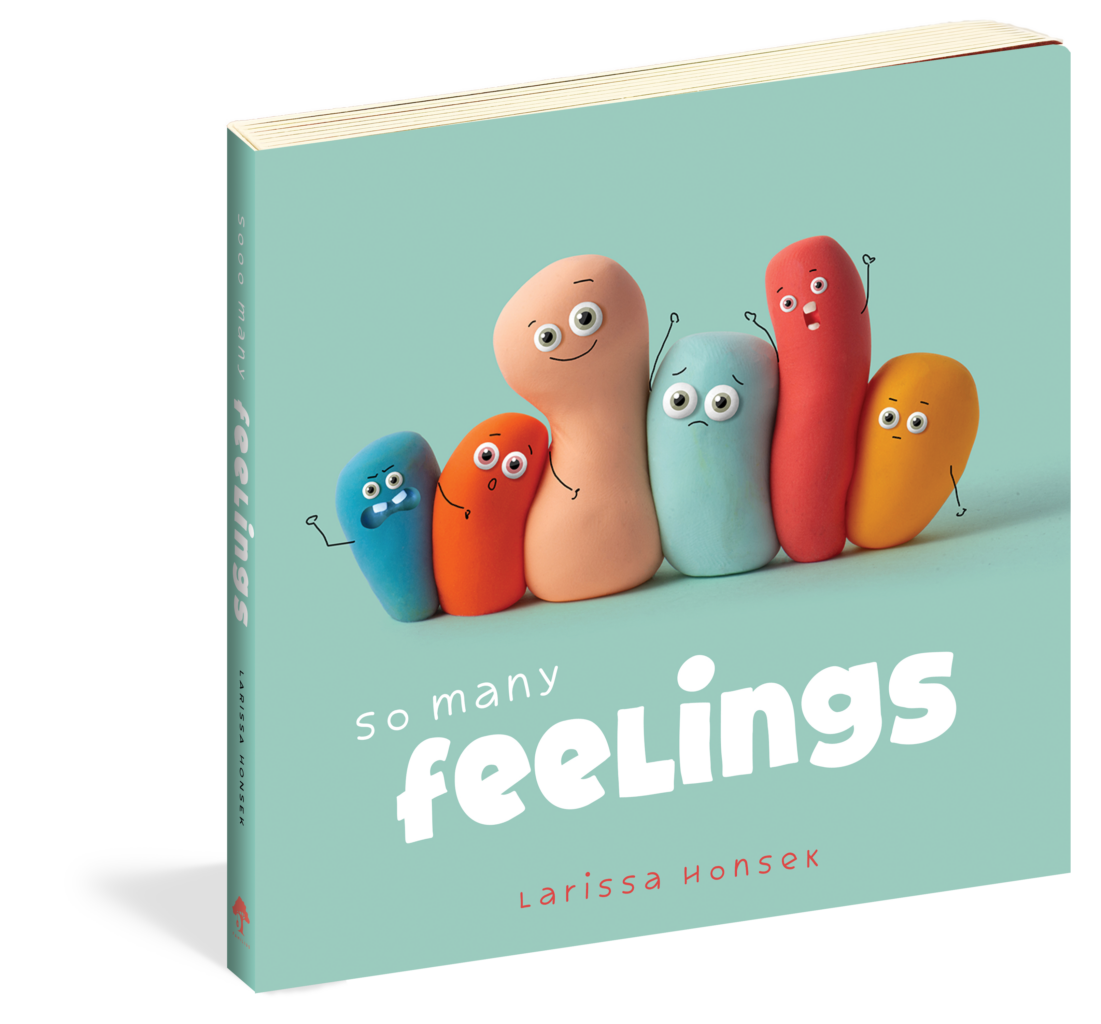
10 Steps to Turn Your Child’s Crying into Laughter
Don’t know how to stop your child’s tears? Try turning crying into laughter. Because sometimes laughter really is the best medicine.
Nothing feels worse than being unable to soothe your child’s tears. When they’re distressed and inconsolable, it feels like there’s nothing you can do. But perhaps laughter is just the medicine they need.
Turning a child’s crying into laughter requires patience, empathy, and creativity. Here are some strategies you could try.
How to Tell If Your Child Is Ready for Laughter
Determining the right time to try turning crying into laughter depends on various factors, including the child’s temperament, the reason for their crying, and your relationship with them. Here are some indicators that it might be an appropriate time to try:
Are They Calming Down?
If the child’s crying is starting to subside, and they seem more receptive to interaction, it could be a good time to introduce some light-heartedness.
Are They Open to Distraction?
If the child is showing signs of being open to distraction, such as momentarily pausing their crying when something catches their attention, it could indicate that they’re ready for a shift in focus.
Is It a Non-urgent Situation?
If the reason for the child’s crying is not urgent or serious, such as a minor disappointment or frustration, it may be a suitable time to try turning their mood around.
Are They in a Comfortable Environment?
Ensure that the child is in a safe and comfortable environment where they feel secure and supported. Trying to lighten the mood in a chaotic or stressful environment may not be effective.
Do You Have a Positive Relationship, or Is It a Work in Progress?
If you have a positive and trusting relationship with the child, they may be more receptive to your attempts to cheer them up. Building a strong connection with the child over time can make it easier to gauge when they’re ready for playful interaction.
Are They Interested in Your Attempts at Laughter?
Pay attention to the child’s body language and verbal cues. If they start to show signs of interest, such as smiling or making eye contact, it could be a signal that they’re open to engagement.
Are They Still Deeply Upset?
It’s important to respect the child’s feelings and not rush the process. If they’re still deeply upset or in need of comfort, it may be best to provide reassurance and empathy before attempting to introduce humor.
Have You Tried Too Many Times?
Sometimes, you may need to try different approaches to see what works best for the child. If your initial attempts to lighten the mood are not successful, it’s okay to reassess and try again later.
Ultimately, trust your instincts and be sensitive to the child’s emotional state. If you’re unsure whether it’s the right time to try turning their crying into laughter, err on the side of providing comfort and support until they seem more receptive to playful interaction.
How to Turn Crying into Laughter
Turning a child’s crying into laughter requires patience, empathy, and creativity. Here are some strategies you could try:
1. Comfort and Empathize
Although it’s not funny, comfort is the first step to turning crying into laughter. Comfort your child and let them know you understand why they’re upset. Show empathy by saying things like, “I know you’re feeling sad right now, and that’s okay.”
2. Distract and Redirect
Sometimes, redirecting the child’s attention can help shift their mood. You can try introducing a favorite toy, singing a silly song, or playing a game to distract them from what was upsetting them.
3. Make Funny Faces and Use Silly Voices
Making funny faces or using silly voices can often elicit giggles from children. Try making exaggerated expressions or speaking in funny accents to see if it lightens their mood.
4. Tickling
Light tickling can sometimes turn tears into laughter, but be sure to respect the child’s boundaries and stop if they indicate they don’t enjoy it. Because sometimes tickling can make things worse.
5. Playfulness
Engage in playful activities like peek-a-boo, funny dances, pretending to be animals, creating a family dog pile, dumping laundry on the floor, or anything silly. This can help create a fun atmosphere and shift the child’s focus away from whatever was upsetting them.
6. Tell Jokes or Funny Stories
Depending on the child’s age, telling simple jokes or funny stories can be a great way to bring laughter into the situation.
7. Lighten the Situation
Discuss the situation with your child and help them find the humor in it. Sometimes focusing on the positives can help your child overcome their tears.
8. Join in Their Play
If the child is playing with toys, join in and make the playtime silly and fun. This can help them feel supported and understood.
9. Offer Comforting Touch
A gentle hug, cuddle, or pat on the back can reassure the child and make them feel safe, which can sometimes lead to laughter.
10. Be Patient
Remember that every child is different, and what works for one may not work for another. Be patient and keep trying different approaches until you find what helps the child feel better.
Above all, it’s important to be responsive to the child’s needs and emotions. If they continue to cry despite your efforts, sometimes they just need time to process their feelings, and it’s okay to simply be there for them until they’re ready to move on.
Discover More Ways to Turn Your Child’s Crying into Laughter

So Many Feelings

Calming Your Child

How to Hug a Hedgehog
Shaelyn Topolovec earned a BA in editing and publishing from BYU, worked on several online publications, and joined the Familius family. Shae is currently an editor and copywriter who lives in California’s Central Valley.
